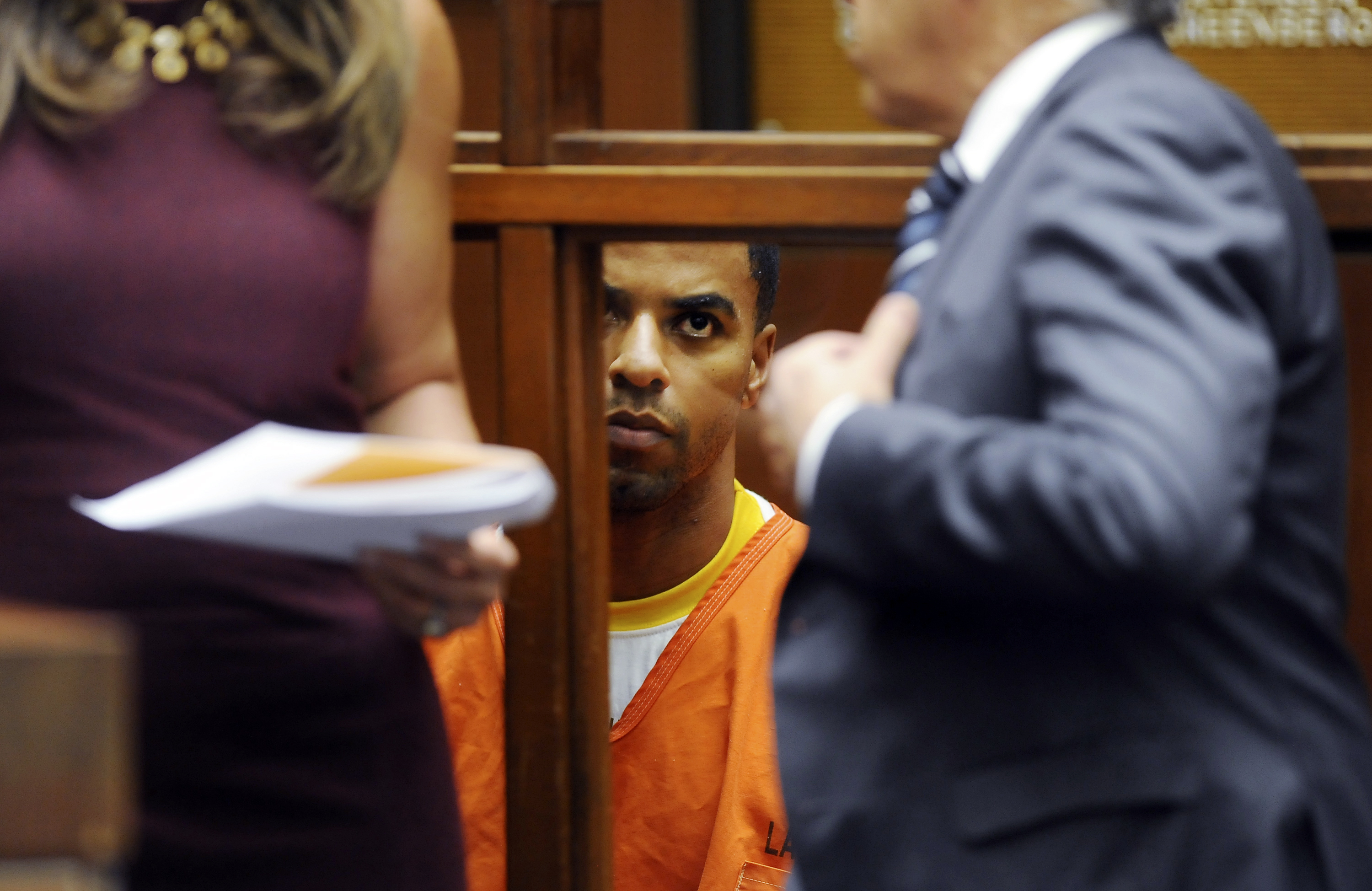
It is believed that only one in three rape victims report their attack, and ProPublica’s investigation into the rape spree by former Minnesota Viking Darren Sharper tells us why. Of course, it’s not something we didn’t already know. It’s just something that doesn’t seem to change.
Here’s the bottom line from ProPublica:
Nine women reported being raped or drugged by Sharper to four different agencies before his January 2014 capture. But police and prosecutors along the way failed to investigate fully the women’s allegations. They made no arrests.
Some victims and eyewitnesses felt their claims were downplayed. Corroborating evidence, including DNA matches and video surveillance, was minimized or put on hold.
Perhaps most critically, police did not inquire into Sharper’s history. Had they done so, they would have detected a chilling predatory pattern that strongly bolstered the women’s accounts.
Sharper’s criminality is shocking, of course. But the behavior of law enforcement agencies is too.
More than 20 years after Congress and state legislatures reformed laws to put more rapists in prison, police and prosecutors do not take full advantage of the tools at their disposal.
One key part of the change was to make it easier to use a suspect’s history of sexual assaults at trial. But prosecutors and police often do not seek out other possible victims. One recent assessment called the reform effort “a failure.”
The FBI also created a database to contain detailed case descriptions to help police capture serial rapists who operate across state lines. But it is seldom used. Of 79,770 rapes reported to police in 2013, only 240 cases were entered into the database — 0.3 percent.
Systemically, ProPublica says, the problem is that prosecutors and police “look downstream” when investigating rape cases. Jurors are more inclined to prosecute a rape when the victim is “spotless.”
Jurors are more likely to convict in a case where a stranger uses force to rape a victim with a spotless background — sometimes referred to as a “righteous victim.”
But such cases are the exception. Most rapes are between acquaintances. Most do not involve violence. And many involve victims perceived to have put themselves at risk: drinking at a bar or going home with stranger.
Last month, Sharper the rapist was sentenced to 20 years in prison. He could be out in nine.
